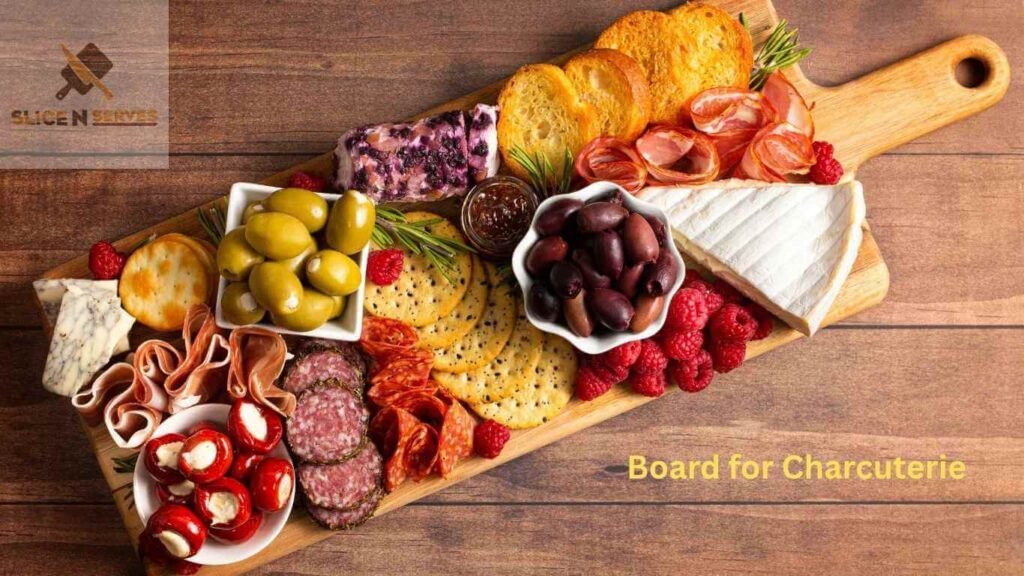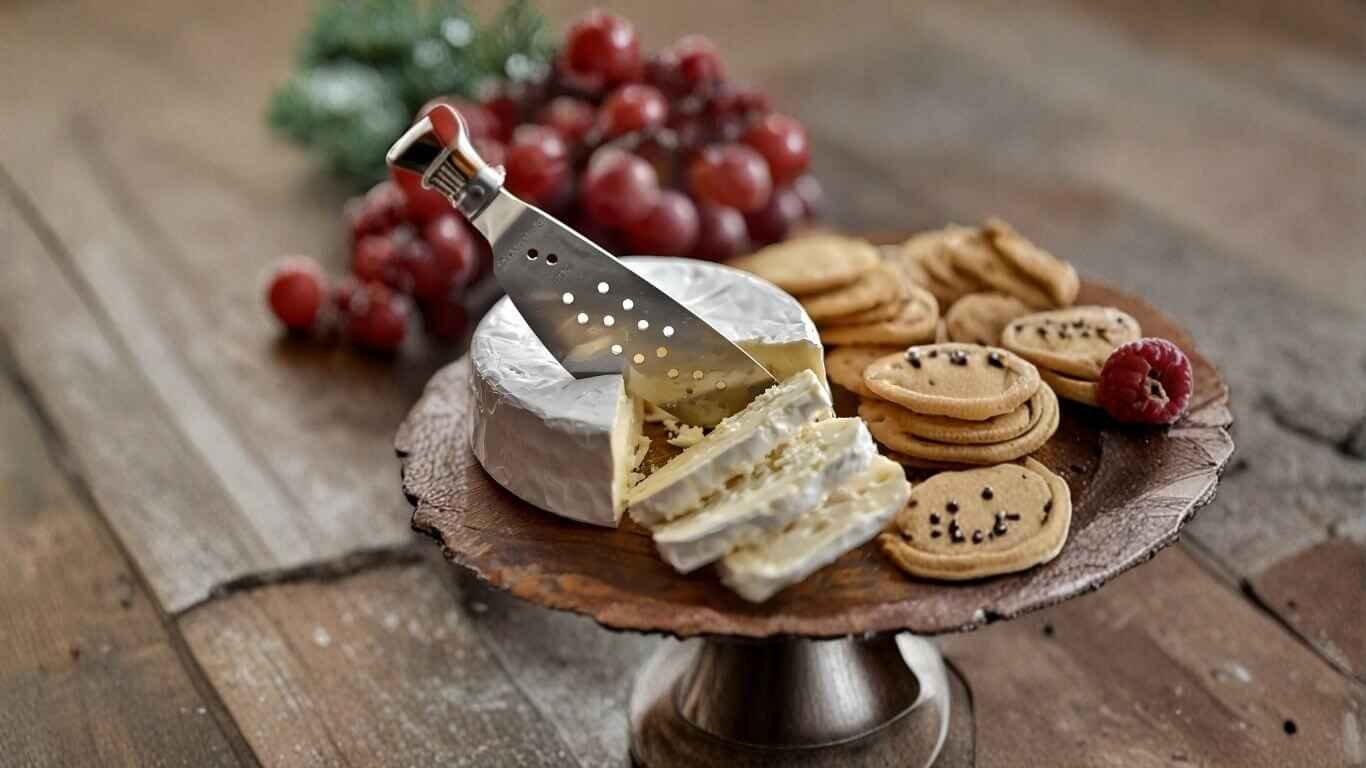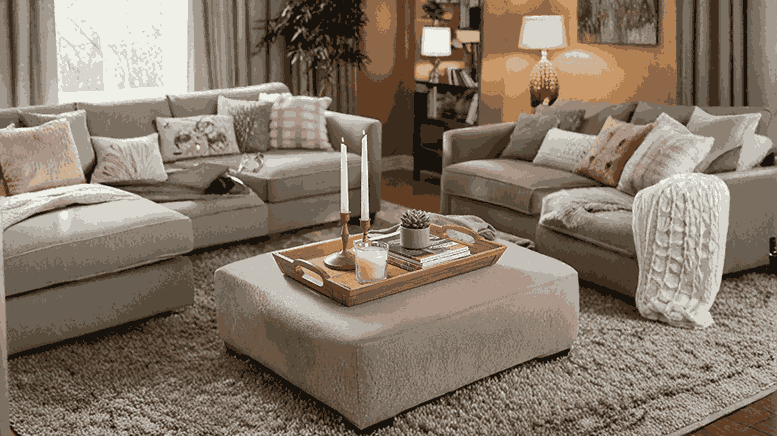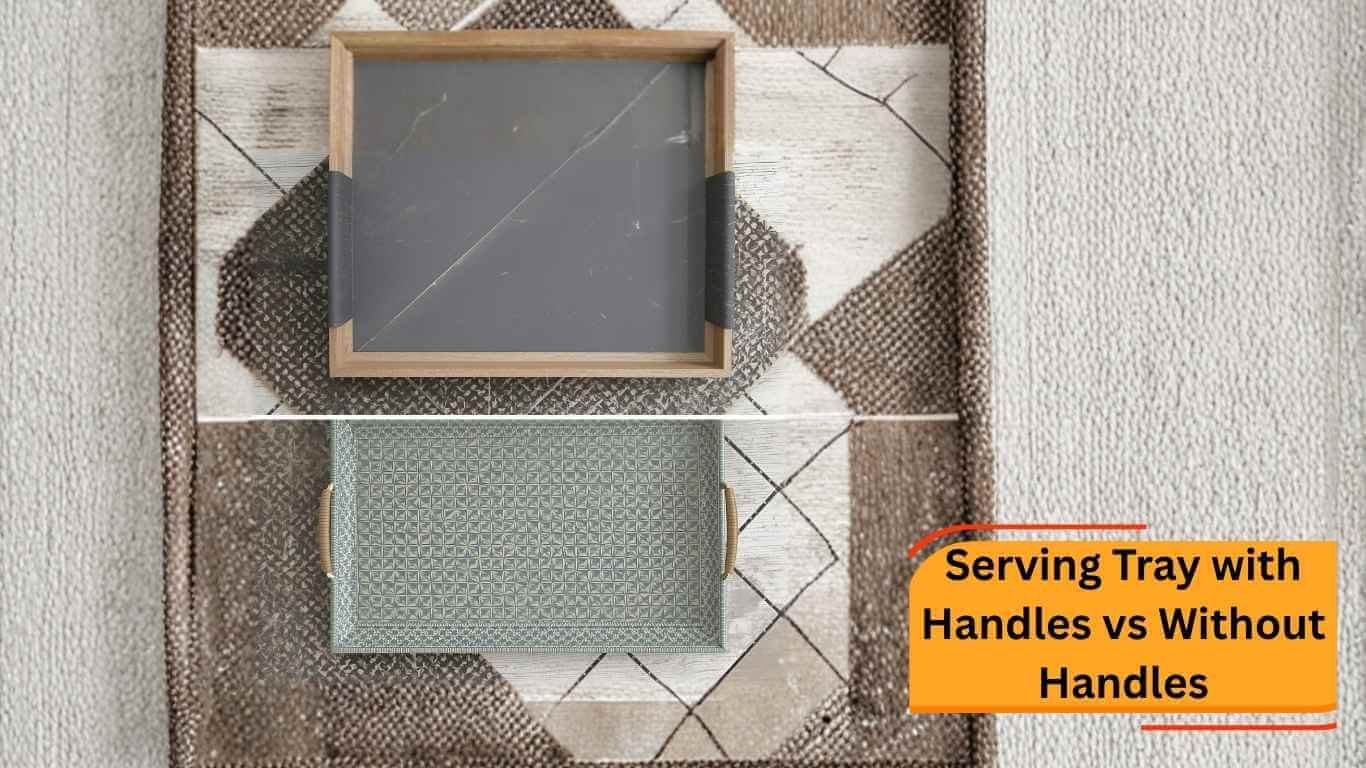A well-crafted charcuterie board makes a table feel magical when it’s positioned in the center. A simple get-together becomes a memorable feast for the eyes and the palate when conversations spark, guests gather closer, and a simple get-together becomes a memorable gathering. There’s more to it than just food on a plate; it’s a social experience that involves interaction and community. This beautiful spread rests on a solid foundation: the board.
In order to master the art of boards for charcuterie, you must choose the right board. It’s the canvas on which you’ll paint a masterpiece of flavors, textures, and colors. If you’re an experienced host who wants to elevate your entertaining game, or if you’re a curious beginner eager to learn the charcuterie board basics, this guide is for you. You’ll learn everything from the history of charcuterie to how to choose, care for, and arrange your board. Together, let’s embark on this delicious journey.
Introduction to Charcuterie Boards: More Than Just Meat and Cheese
Let’s define what we’re talking about before diving into the nuances of wood grains and marble finishes. The French term “charcuterie” (pronounced shar-koo-tuh-ree) describes the art of preparing and assembling cured meats and other meat products. As a term, it refers to the work done by charcutiers, who prepared pastes, terrines, sausages, and confits using all parts of the animal.
In contrast to traditional charcuterie, the modern charcuterie board includes a variety of cheeses, fruits, nuts, crackers, spreads, and more. There’s no surprise as to why it’s becoming so popular. A charcuterie board offers a refreshingly casual and customizable alternative to fast-paced, formal dining. Whether you’re hosting a small party or a large celebration, this centerpiece will be the perfect centerpiece for any occasion.
Types of Charcuterie Boards: A Deep Dive into Materials
Just as important as the ingredients themselves is the vessel you use to present your creations. Board materials, shapes, and styles affect not only the aesthetic but also the practicality of your spread. Here’s a breakdown of the most popular charcuterie board materials.
1. Wooden Boards: The Classic Choice
You probably envision a beautiful wooden plank when you picture a charcuterie board. Wood is timeless, rustic, and incredibly versatile. It creates a warm, natural backdrop that makes colors stand out.
- Pros:
- Aesthetic Appeal: Wood has a natural beauty that ranges from the deep, rich tones of walnut to the lighter hues of maple and the unique grain of olive wood.
- Knife-Friendly: High-quality wood is generally gentle on your cheese knives.
- Variety: Comes in endless charcuterie board shapes and sizes, from rectangular paddles to round platters and live-edge slabs.
- Cons:
- Porous: Wood can absorb oils, juices, and odors if not properly maintained.
- High Maintenance: Requires regular oiling and conditioning to prevent it from drying out, cracking, or warping. It should never be put in a dishwasher or soaked in water.
- Popular Wood Types:
- Olive Wood: Known for its stunning, dramatic grain patterns and durability.
- Acacia: A sustainable choice with a rich, warm color and natural water resistance.
- Walnut: A dark, luxurious wood that creates a dramatic contrast with cheeses and fruits.
- Maple: A classic, durable hardwood with a light color and subtle grain, offering a clean canvas.
2. Slate Boards: The Modern & Chic Contender
A slate countertop adds a touch of modern elegance to any room. Your charcuterie display will look dramatic and sophisticated with its dark matte surface.
- Pros:
- Stunning Contrast: The deep gray or black color makes cheeses, fruits, and meats look incredibly vibrant.
- Non-Porous: Slate doesn’t absorb flavors or bacteria, making it easy to clean and hygienic.
- Natural Cooling: It stays naturally cool, which helps keep your cheeses and meats fresh for longer, especially in a warm environment.
- Creative Labeling: You can write directly on the surface with chalk to label different cheeses and items!
- Cons:
- Brittle: Can chip or break if dropped.
- Hard on Knives: The hard surface can dull your knives over time.
- Shows Oils: Can show fingerprints and oily smudges easily, though they wipe away.
3. Marble Boards: The Epitome of Luxury
A marble surface exudes sophistication and luxury. Charcuterie boards made of marble make an excellent statement piece for any table setting.
- Pros:
- Excellent Cooling Properties: Like slate, marble is a fantastic insulator and remains cool to the touch, making it ideal for serving temperature-sensitive cheeses.
- Elegant Aesthetic: The unique veining of each piece makes it a work of art. It’s perfect for formal occasions or for adding a touch of class to everyday entertaining.
- Easy to Clean: The smooth, non-porous surface is simple to wipe down.
- Cons:
- Heavy: Marble boards can be quite heavy and cumbersome to move and store.
- Stains Easily: It is susceptible to staining from acidic foods like citrus fruits, wine, and tomatoes if spills aren’t cleaned up quickly.
- Can Be Slippery: Items may slide around more easily than on a wood surface.
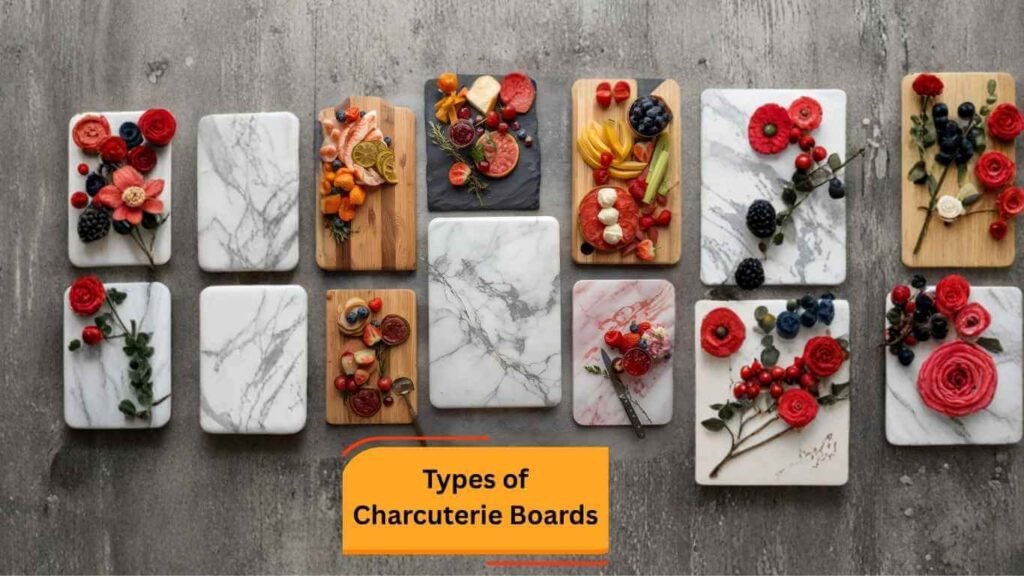
4. Bamboo Boards: The Eco-Friendly Option
As a board material, bamboo is technically grass, not wood, but it performs similarly to wood. Because of its sustainability and affordability, it is a popular choice.
- Pros:
- Sustainable: Bamboo is a fast-growing, renewable resource, making it an environmentally friendly option.
- Durable & Lightweight: It’s harder than many types of wood, yet surprisingly lightweight.
- Water-Resistant: Bamboo is less porous than traditional wood, meaning it’s less likely to absorb moisture or warp.
- Affordable: Generally more budget-friendly than high-end wood or marble boards.
- Cons:
- Hard on Knives: Its density can cause knives to dull more quickly than on softer woods.
- Inconsistent Quality: Quality can vary significantly between brands. Look for boards made from mature, organically grown Moso bamboo.
5. Acrylic & Disposable Boards
Charcuterie boards can be a great solution for large events, picnics, or easy cleanup with acrylic and disposable options.
- Acrylic Boards:
- Pros: Lightweight, shatterproof, easy to clean, and come in various colors and clear styles for a modern look.
- Cons: Can scratch easily and may not have the same premium feel as natural materials.
- Disposable Boards (Cardboard or Palm Leaf):
- Pros: Perfect for catering, gifting, or events where cleanup is a priority. They are eco-friendly if made from biodegradable materials.
- Cons: Not suitable for long-term use and may not hold up to very heavy items.
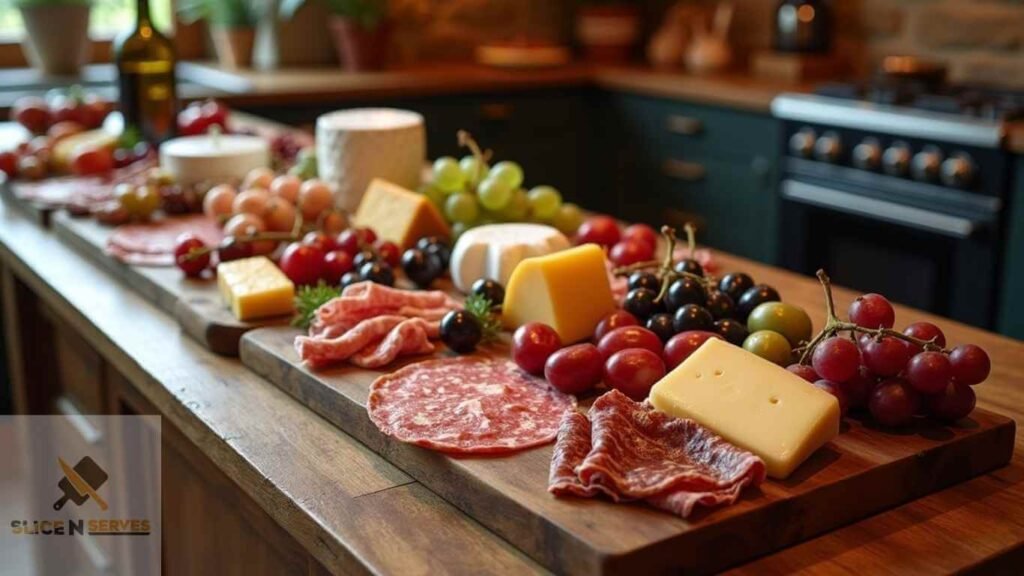
Choosing the Right Board for You
How do you choose from so many options? Choosing a charcuterie board that meets your needs perfectly depends on these key factors.
Size and Shape Matter
Think about how you’ll use the board most often.
- Small Charcuterie Boards: Ideal for intimate gatherings of 2-4 people, date nights, or as individual appetizer plates. A round board around 10-12 inches or a small rectangular paddle works well.
- Medium Boards (18-24 inches): This is the most versatile size, perfect for a small party of 6-10 guests. It offers enough space for a good variety without being overwhelming.
- Large Charcuterie Boards (30 inches and up): If you frequently host large crowds or want to create a stunning “grazing table” centerpiece, a large board is a fantastic investment. Rectangular or extra-long “runner” boards are excellent for this.
Charcuterie board shapes also play a role in presentation.
- Rectangular: The classic shape, easy to arrange and organize.
- Round: Encourages a more organic, flowing arrangement, often with a central focus.
- Paddle Style: Comes with a handle, making it easy to carry and serve.
- Live-Edge: Features the natural edge of the wood, offering a unique, rustic, and organic feel.
Material and Maintenance
You should consider your lifestyle when choosing materials. It might be a good compromise to choose a high-quality, pre-seasoned acacia or bamboo board if you enjoy the look of wood but hate upkeep. Choosing slate or marble is an excellent choice if you are concerned with easy cleanup.
Style and Intended Use
Choose a board that matches your home decor and entertaining style. In a modern, minimalist home, a sleek marble board fits perfectly, while a rustic live-edge wooden board works well in a farmhouse or bohemian home. Consider functionality as well. Would you like a board with built-in cracker compartments or a “juice groove” to catch brine or oils from olives?
Essential Features of a Good Charcuterie Board
You can tell if something is of good quality when you see these signs:
- Durability: The board should feel solid and well-built. If you want wood to remain intact, choose a single piece or pieces that are seamlessly joined.
- Food-Safe Finish: Make sure any board you buy is finished with a food-safe finish, such as mineral oil or beeswax.
- Surface Texture: The surface should be smooth but not overly slick. It should hold items in place without making cleaning difficult.
- Moisture Resistance: Well-sealed boards resist absorbing juices and oils, preventing stains and bacteria.
- Ease of Cleaning: Non-porous materials are the easiest to clean. If wood has a smooth finish, wiping it down will be much easier.
- Aesthetic Appeal: Choose a board you enjoy looking at! This is a piece of serveware that will be on full display.
How to Care for and Maintain Your Board
An investment in a quality board is well worth it. Properly cared for, it can last a lifetime and even become a cherished family heirloom.
Cleaning Your Board
There is one rule you should always follow: Do not put wooden or bamboo boards in the dishwasher. Intense heat and prolonged exposure to water will cause it to warp, crack, and dry out.
- Scrape Off Debris: After use, gently scrape off any large food remnants.
- Wash by Hand: Use a soft sponge with a small amount of mild dish soap and warm water.
- Rinse and Dry Immediately: Rinse the board thoroughly and immediately dry it with a clean towel.
- Air Dry Upright: Allow it to air dry completely by standing it on its side. This prevents moisture from getting trapped underneath.
When it comes to slate and marble, cleaning is much easier. Using a damp cloth and mild soap, wipe the surface and allow it to dry. Avoid acidic ingredients on marble to prevent etching.
Oiling and Seasoning Wooden Boards
Regularly oiling your wooden board will prevent it from drying out – about once a month, or whenever it looks dry or dull.
- Choose the Right Oil: Use only food-grade mineral oil. Avoid cooking oils like olive or vegetable oil, as they can go rancid.
- Apply Generously: Pour a liberal amount of oil onto the clean, dry board.
- Spread Evenly: Use a soft cloth to rub the oil into the wood, covering all surfaces—top, bottom, and sides.
- Let It Soak: Let the oil soak in for several hours, or preferably overnight.
- Wipe Off Excess: Use a clean, dry cloth to buff off any remaining oil.
For an extra layer of protection, you can apply a board cream or conditioner that contains beeswax after oiling.
Building the Perfect Charcuterie Board Setup
Now for the fun part! Using your chosen board as the canvas, it’s time to create your masterpiece. The key is a balance of flavors, textures, and colors.
The Core Charcuterie Board Components
- Meats (The Charcuterie): Aim for 2-3 varieties.
- Hard Salami: Classic, crowd-pleasing.
- Prosciutto: Salty, delicate, and melts in your mouth.
- Soppressata: A rustic, coarsely ground salami.
- Chorizo: A smoky, spicy option.
- Presentation Tip: Create a “salami river” by folding slices and lining them up, or make beautiful “salami roses.”
- Cheeses: Offer a mix of hard, soft, and semi-soft cheeses.
- Hard: Aged Cheddar, Manchego, Gouda.
- Soft: Brie, Camembert, Goat Cheese (Chèvre).
- Semi-Soft: Havarti, Fontina.
- Blue: Gorgonzola, Roquefort (for the adventurous!).
- Presentation Tip: Serve cheeses in different shapes. Cut hard cheese into cubes or triangles, serve soft cheese as a whole wheel with a knife, and crumble blue cheese.
- Carbs (The Vehicles): You need something to carry all that deliciousness.
- Crackers: Offer a variety of shapes and textures—buttery, seeded, whole wheat.
- Breads: A sliced baguette, crostini, or artisan bread sticks.
- Fruits & Veggies (The Freshness): These add color and a fresh counterpoint to the rich meats and cheeses.
- Fruits: Grapes, figs, berries, apple or pear slices.
- Veggies: Cucumber slices, cherry tomatoes, mini bell peppers.
- Dried Fruits: Apricots, dates, cherries.
- Briny Bites (The Zing):
- Olives, cornichons (tiny pickles), pickled onions.
- Nuts & Spreads (The Fillers & Flavors):
- Nuts: Almonds, pistachios, walnuts.
- Spreads: Fig jam, honeycomb, grainy mustard, fruit preserves.
The Art of Arrangement
Don’t be afraid to think outside the box! A board for charcuterie can be tailored to any theme.
- Start with Anchors: Place your largest items on the board first, like bowls for spreads and wheels of cheese. Space them out.
- Add the Meats: Arrange your meats. This is where you can create those beautiful salami rivers or roses.
- Place the Crackers: Fan out crackers and sliced bread in a few spots around the board.
- Fill the Gaps: This is the key to an abundant look. Fill every empty space with fruits, nuts, and other small items. Don’t be afraid to let things touch and overlap.
- Garnish: Finish with a sprig of fresh rosemary or thyme for a touch of green and a wonderful aroma.
Creative Charcuterie Board Ideas & Inspiration
- Seasonal Boards:
- Fall: Add pumpkin butter, apple slices, candied pecans, and cheeses like aged cheddar.
- Winter: Incorporate pomegranate seeds, cranberries, rosemary sprigs, and baked brie.
- Spring: Use fresh berries, asparagus spears, radishes, and herbed goat cheese.
- Summer: Feature peaches, cherries, fresh basil, and burrata.
- Holiday Boards:
- Christmas: Shape your ingredients into a wreath or a Christmas tree. Use festive colors like red (cranberries, pomegranate) and green (rosemary, olives).
- Halloween: Use dark-colored foods like blackberries and black olives, and use cookie cutters to make cheese shapes like ghosts or pumpkins.
- Dietary Boards:
- Vegan: Use plant-based “meats” and “cheeses,” hummus, vegetable crudités, fruit, and nuts.
- Gluten-Free: Simply ensure all crackers and breads are certified gluten-free.
- Dessert Boards: Swap savory for sweet! Chocolate, cookies, dessert dips, marshmallows, caramel, and a variety of fruits.
- Breakfast/Brunch Boards: Mini pancakes or waffles, bacon, sausage, small pastries, yogurt, granola, and fresh fruit.
Must-Have Tools and Accessories
Elevate your serving experience with the right tools. Many brands offer complete charcuterie board sets that include these items.
- Cheese Knives: A proper set usually includes:
- A spade knife for hard cheeses.
- A spreader for soft cheeses.
- A fork-tipped knife for serving semi-hard cheeses.
- Mini Bowls & Ramekins: Essential for holding messy or small items like jams, dips, and olives.
- Small Spoons & Tongs: For serving spreads and picking up items hygienically.
- Cheese Markers: Small labels to identify different cheeses for your guests.
- Serving Trays & Tiered Stands: For expanding your spread beyond a single board.
Popular Charcuterie Board Pairings
Pairing flavors is an art. Here are some classic combinations to get you started:
- Meat & Cheese:
- Prosciutto & Mozzarella (or Burrata)
- Salami & Parmesan
- Soppressata & Provolone
- Cheese & Spreads:
- Brie & Fig Jam
- Goat Cheese & Honey
- Aged Cheddar & Apple Butter
- Drink Pairings:
- Wine: A crisp Sauvignon Blanc pairs well with goat cheese, while a bold Cabernet Sauvignon stands up to aged cheddar and salami. A versatile Pinot Noir is a great all-around choice.
- Beer: A light lager or pilsner is refreshing, while a fruity Belgian ale can complement many cheeses.
- Cocktails: A Gin & Tonic or an Aperol Spritz are excellent palate cleansers.
Buying Guide and Recommendations
Ready to buy your first (or next) board? Here’s what to know.
- Where to Buy:
- Home Goods Stores: Places like Crate & Barrel, Williams Sonoma, and Pottery Barn offer high-quality, stylish options.
- Online Marketplaces: Amazon has a vast selection for every budget. Etsy is fantastic for finding unique, handmade, and personalized boards from artisans.
- Department Stores: Check the kitchenware section of stores like Macy’s or Nordstrom.
- Price Ranges:
- Budget-Friendly ($20-$50): You can find excellent bamboo and acacia boards in this range.
- Mid-Range ($50-$150): This is the sweet spot for high-quality wood, slate, and marble boards in various sizes.
- High-End ($150+): These are often large, artisan-made, or live-edge boards that are true statement pieces.
- Brands to Consider:
- John Boos: A legacy brand famous for professional-quality butcher blocks and cutting boards.
- Brooklyn Slate Company: Offers beautiful, high-quality slate boards.
- Thirteen Chefs: Known for durable and food-safe cutting and serving boards.
- What to Avoid:
- Boards made from soft, porous woods like pine unless they are purely for decoration.
- Varnished or lacquered boards, as the finish is not food-safe and can chip off into your food.
- Glass boards, which are very hard on knives and can be noisy and slippery.
DIY Custom Charcuterie Boards
Feeling crafty? A simple DIY board is a rewarding project.
- Select Your Wood: Visit a local lumberyard and choose a hardwood slab like maple, cherry, or walnut. Ask for a piece that is already planed and sanded.
- Cut and Shape: Cut the wood to your desired size. Use a jigsaw to create a handle or a unique shape.
- Sand Thoroughly: Start with a lower grit sandpaper (like 120) and work your way up to a fine grit (like 220 or higher) for a silky-smooth finish.
- Clean: Wipe away all the dust with a damp cloth and let it dry completely.
- Season: Apply several coats of food-grade mineral oil, letting each coat soak in before applying the next. Finish with a board cream for extra protection.
You can also personalize a store-bought board with a wood-burning tool or food-safe paint to create a one-of-a-kind gift.
Frequently Asked Questions (FAQs)
1. What’s the difference between a charcuterie board and a cheese board?
In traditional charcuterie boards, cured meats are the focus, while in cheese boards, a variety of cheeses are featured. However, modern boards often include both terms, so the terms are often used interchangeably.
2. How much food do I need per person?
For appetizers, a good rule of thumb is 2-3 ounces of meat and 2-3 ounces of cheese per person. The amount should be doubled if the board is the main meal.
3. Can I prepare my charcuterie board ahead of time?
Yes, of course! You can set the meats, cheeses, olives, and nuts on the board, cover it tightly with plastic wrap, and refrigerate it for up to 24 hours. Adding crackers, bread, and juicy fruits just before serving will prevent them from getting soggy.
4. What can I use if I don’t have a dedicated charcuterie board?
No board? No problem! You can use a large platter, a clean wooden cutting board, a baking sheet, or even lay down a large piece of parchment paper directly on your table for a rustic “grazing table” feel.
5. How do I clean up strong smells like garlic or onion from my wooden board?
After washing, you can scrub the board with coarse salt and half a lemon. The lemon helps neutralize odors, and the salt acts as a gentle abrasive. Rinse well and dry completely.
The board for charcuterie is more than just a serving platter – it’s a catalyst for connecting people. A canvas for creativity and an invitation to slow down, share, and savor the good things in life. No matter what board you choose, it will help you tell your own delicious story, whether it is rustic wooden planks, chic slate slabs, or luxurious marble pieces. Best wishes for your hosting!
